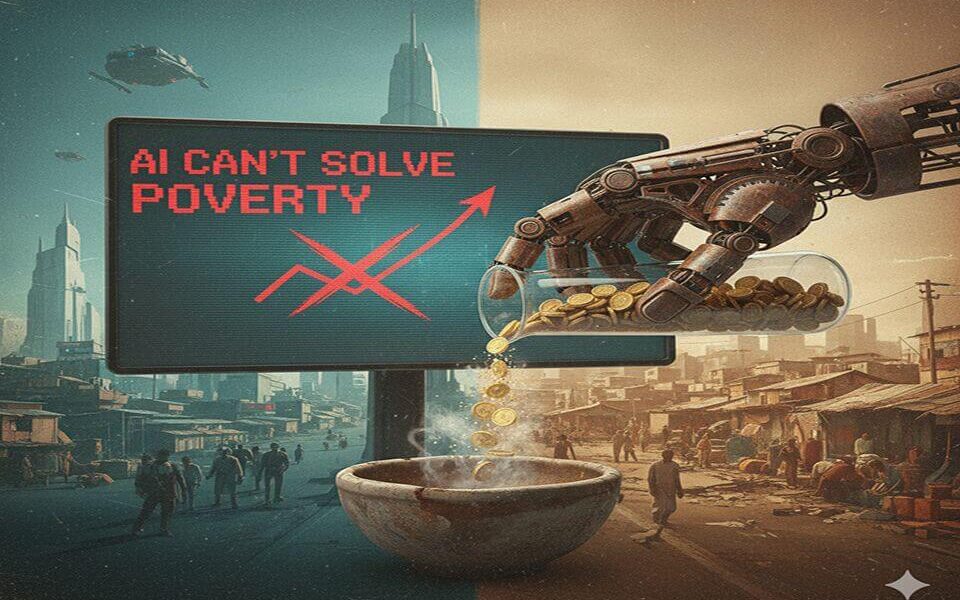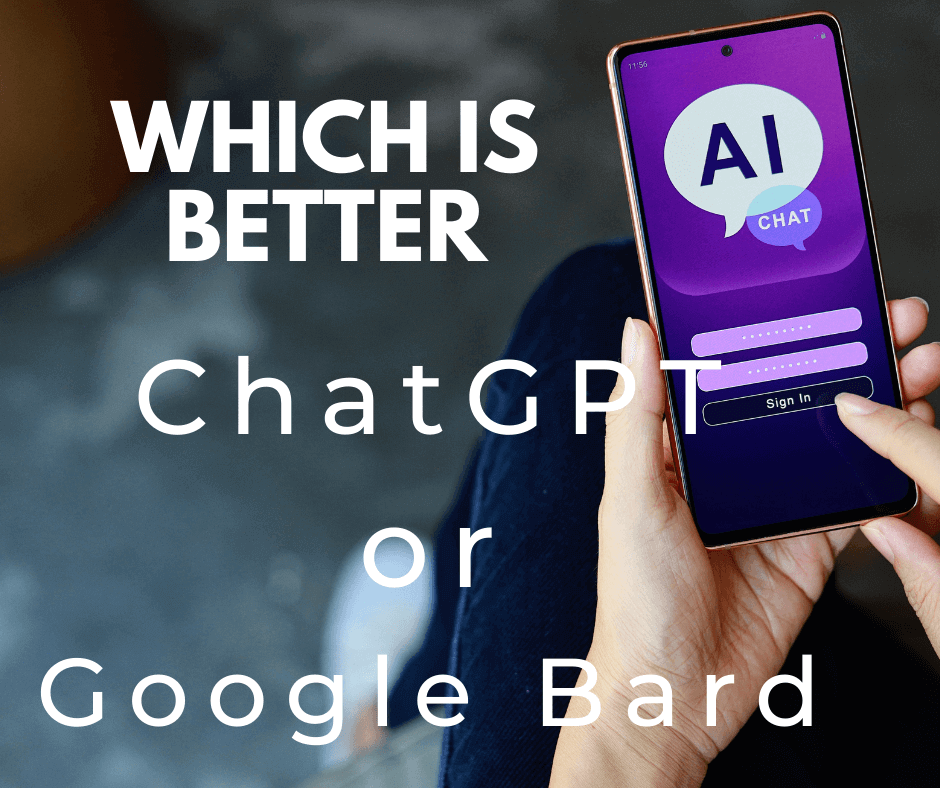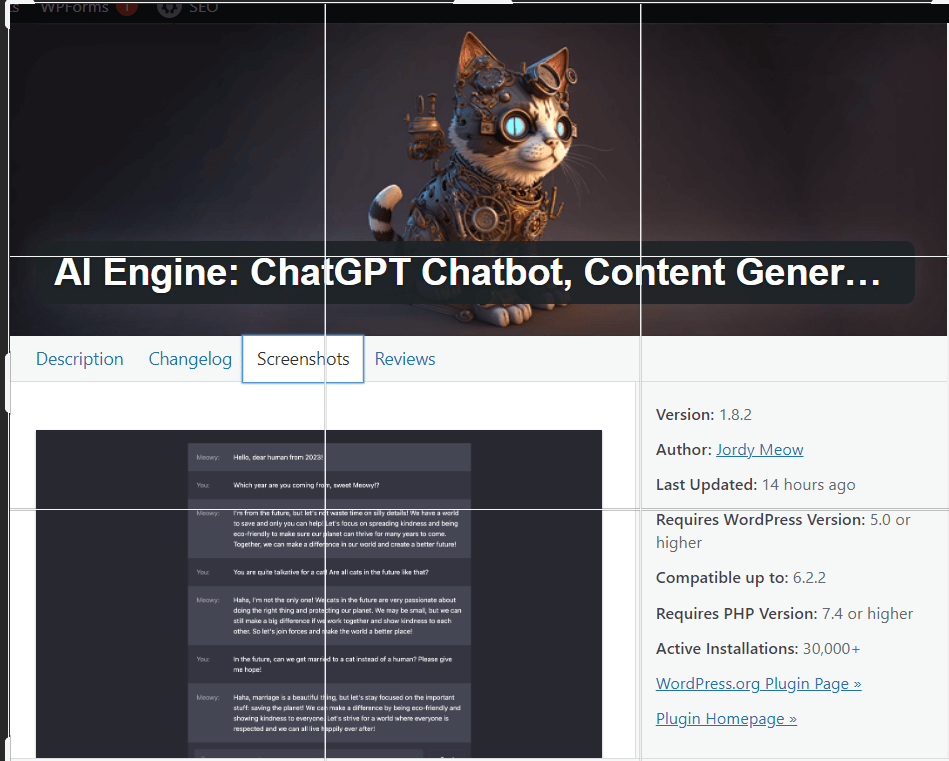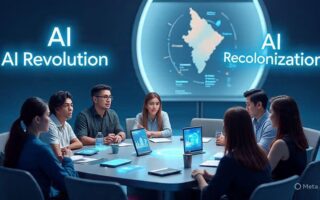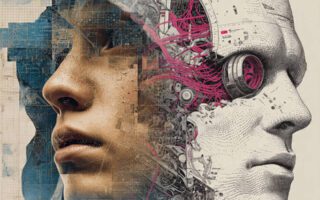AI Can’t Solve Poverty—But It Can Stop Pretending It’s a Motivational Speaker
AI loves to say, “You’ve got this.” But in the Philippines, where minimum wage can’t even buy a minimum amount of rice, that pep talk feels more like a punchline.
We’re told AI will revolutionize agriculture, education, healthcare, and disaster response. And it might. But let’s be clear: poverty here isn’t just a technical glitch. It’s a feature of the system.
🧠 Poverty Is Engineered—Not Accidental
As explored in The Politics of Poverty, poverty is political, cyclical, and profitable. It justifies billion-peso programs. It creates “grateful” voting blocs. It allows leaders to campaign on band-aids while avoiding root causes.
We help the poor. We never end poverty. And now, AI is being invited to join the same game—just with better graphics.
🤖 When AI Becomes a Manager of Misery
Used well, AI can map poverty zones, personalize learning, and optimize aid distribution. Used poorly, it becomes a glorified spreadsheet:
- Tracking the poor
- Categorizing the poor
- Managing the poor
But never asking: Why are they poor in the first place?
It’s the digital version of “ayuda politics”—efficient, impressive, and quietly dependent. Or worse, the Siri of social injustice: “Here’s a reminder—you’re still broke.”
🇵🇭 Filipino Diskarte: Using AI Without Worshipping It
Here’s the twist: ordinary Filipinos aren’t waiting for AI to save them. They’re using it to survive.
- A vendor uses AI to write product captions in English, Tagalog, and Gen Z slang.
- A student uses it to summarize PDFs they can’t afford to print.
- An OFW drafts polite HR emails with just the right tone.
- A farmer checks satellite data for harvest risks—because the weather app stopped working again.
This isn’t innovation. It’s improvisation. It’s “bahala na” with a keyboard.
🌾 Agriculture, Education, Health—AI’s Quiet Potential
Yes, AI can still help:
- Farmers predict pests and optimize soil.
- Schools personalize learning for students with no tutors.
- Health departments forecast outbreaks before they spiral.
- Disaster planners allocate resources before the storm hits.
But all of this depends on access. And access depends on politics. Because what good is AI if the barangay has no signal, no budget, and no voice?
🧒 Too Cryptic? Explain Like I’m 12
Imagine you’re in a race. AI gives you a fancy digital map. But you don’t have shoes. You don’t have water. And the road is flooded.
That’s poverty. No amount of “You’ve got this!” will fix it—unless someone actually clears the path.
🪩 Final Thought: From Managed to Mobilized
AI can’t end poverty. But it can stop gaslighting the poor.
It can stop pretending to be a life coach. It can stop optimizing broken systems. It can start amplifying Filipino diskarte, resilience, and quiet brilliance.
Because poverty isn’t just about lack. It’s about design. And if we use AI not to manage the poor—but to empower them—we might finally flip the script.
From survival to strategy.
From managed to mobilized.
From forgotten to finally heard.
The pep talk is over. The receipts are in. And no, AI—we don’t “got this.” But together, we just might.
